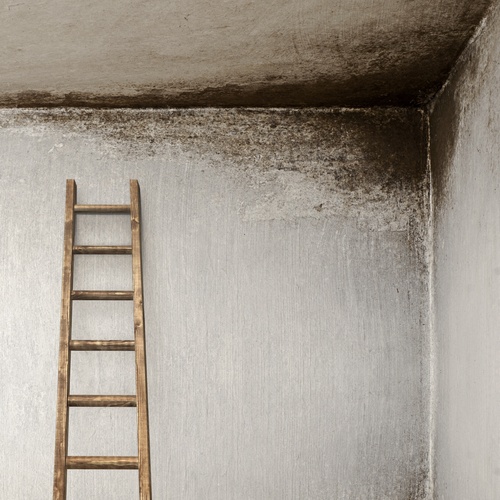
When buying a new home, one of the problems you should be on the lookout for is mold. Even the cleanest homes have some mold, but if the problem has gotten out of control it could cause serious health issues. Common reactions to mold include difficulty breathing, coughing, sneezing, and sinus congestion. If you’re shopping for a house, here’s what you need to know in order to recognize a possible mold problem.
Look for visual signs of mold growth
There are literally thousands of mold species, and they don’t all look the same. The most common types of mold you may find in a house often look like dirt or soot. If you find something that resembles dirt in an area that may have experienced moisture, such as a bathroom, there’s a good bet that it’s mold. Molds can grow on paper, dust, lint, and fiberboard, so be sure to check these surfaces in areas that have dampness or have recently flooded.
Notice any musty smells
Mold has a familiar smell that can be described as musty or damp. It’s similar to the smell you’d encounter in a store full of old books. While this scent may not always indicate a mold problem, it should alert you to be aware of other signs of mold in the house.
Check for water problems
Another indication that there could be a potential mold problem is the presence of water damage. If a home has sustained any prolonged exposure to water, such as a flood, that’s good reason to believe there may be mold growing in those areas that were affected. Also look for water stains on walls, ceilings, and floors as well as bubbling or cracking paint or wallpaper. Warped wood also indicates previous water damage that could lead to a mold problem. If there are any water leaks from pipes or faucets, be aware that mold could be hidden behind the wall or on another surface where the water seeped.
What to do if you find mold
Mold is so prevalent it’s impossible to remove it entirely from any home. But visible mold growth should certainly be removed. First, fix any leaks that are causing water damage. Mold needs moisture to survive, so the most important repair is to cut off the water supply that’s causing the mold to grow. If the mold growth is small, you can likely tackle this challenge on your own. Thoroughly clean the affected area with commercially available products such as soap and water or a bleach solution.
When to call an expert
If your mold problem is on a larger scale, it may be necessary to call in a professional mold remediation company. An expert can properly clean and dry the area so that the mold does not cause allergic reactions.
Don’t write off the house
A mold problem does not have to kill the home sale. If you know you’re sensitive to mold, it may mean finding another home. But if mold doesn’t generally bother you, you can safely proceed with the sale as long as the problem is addressed before you move in.
Compliments of Virtual Results

